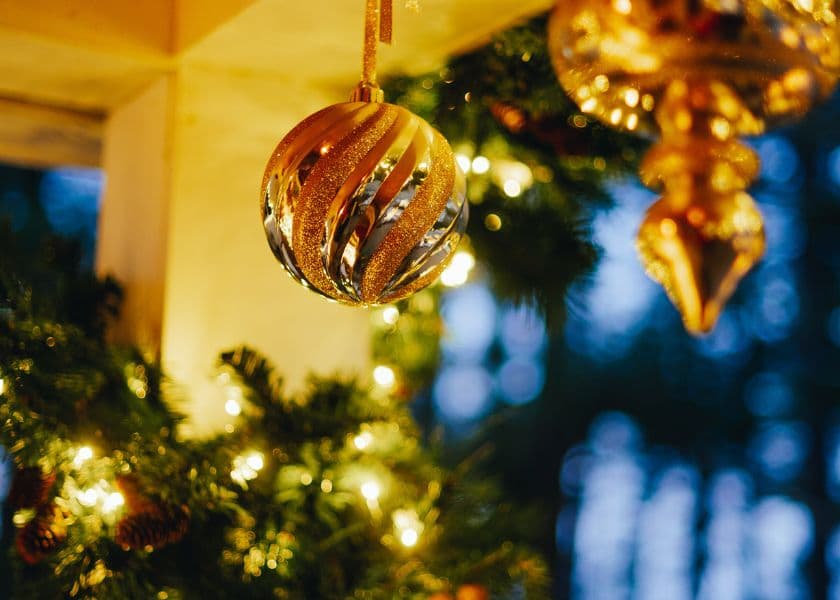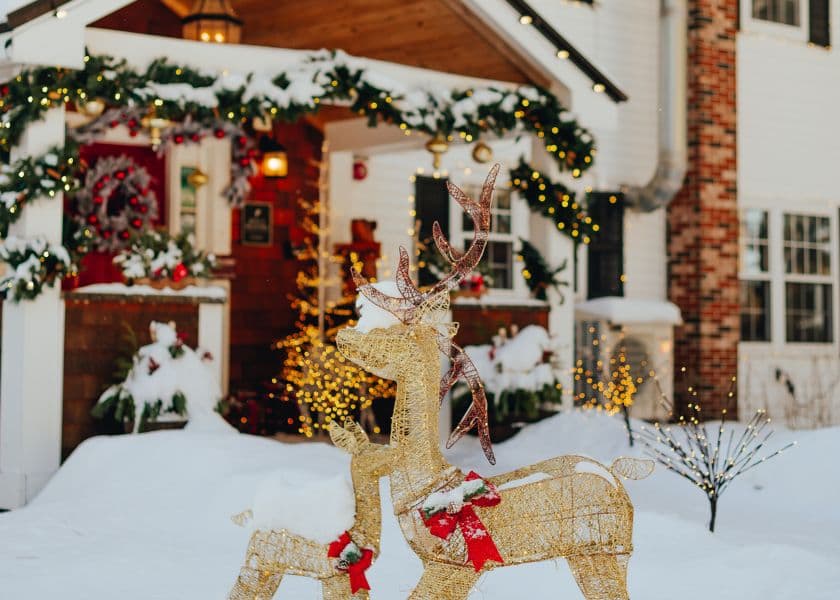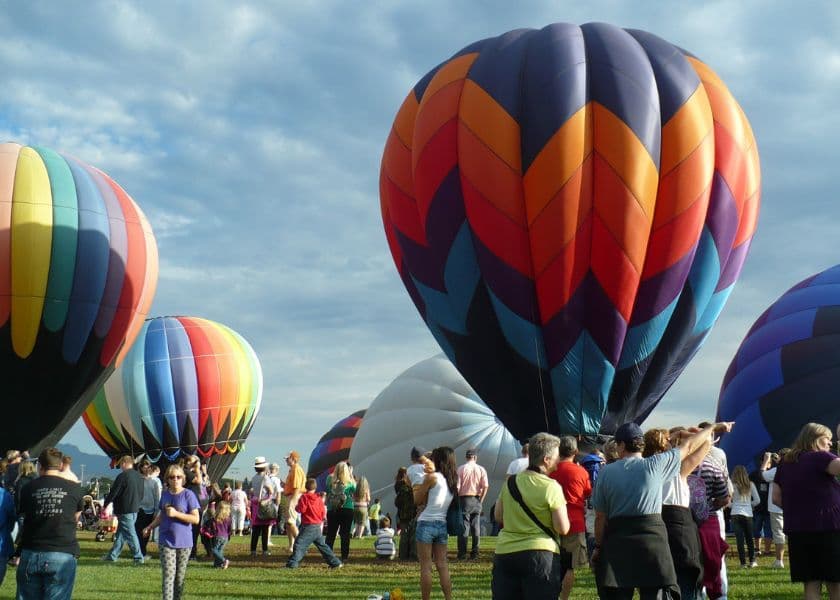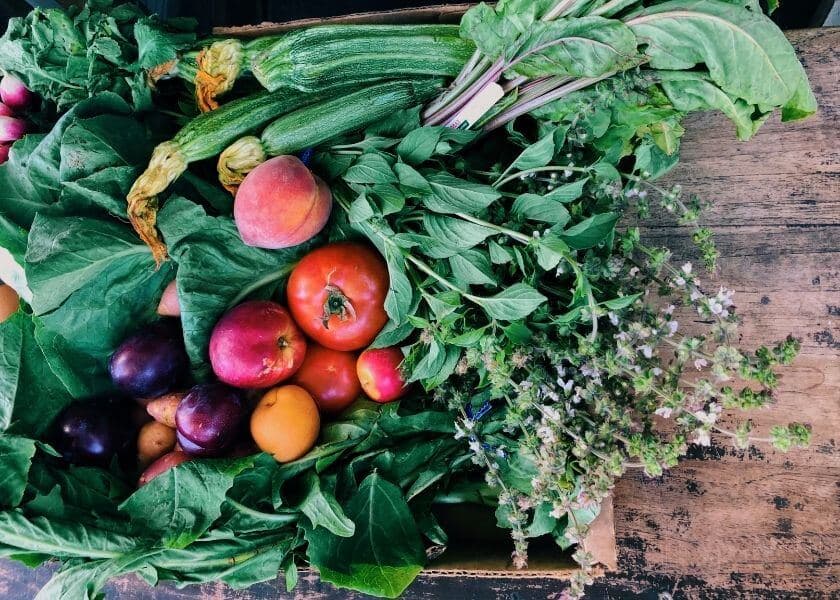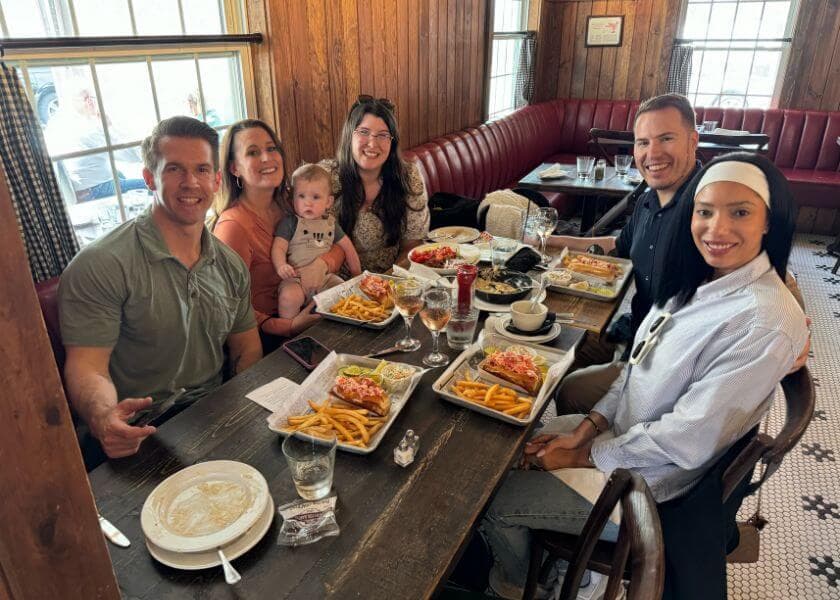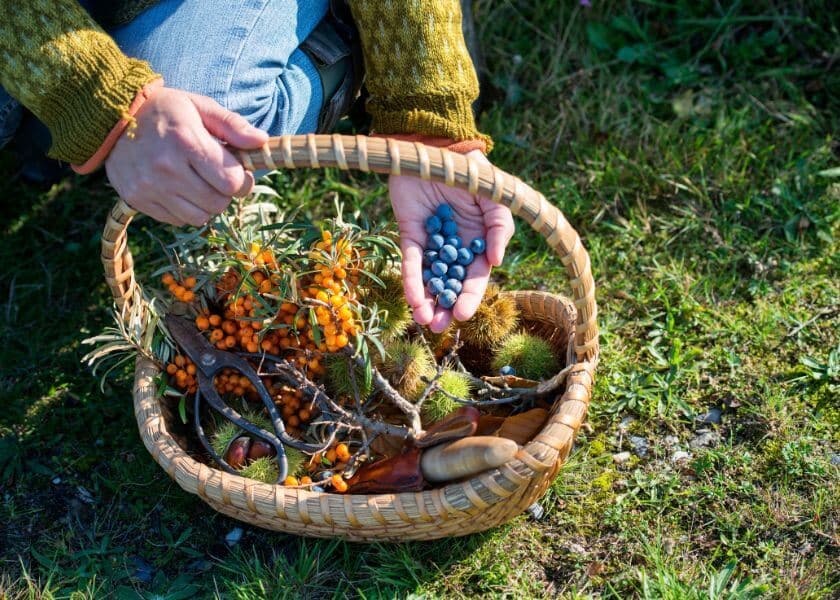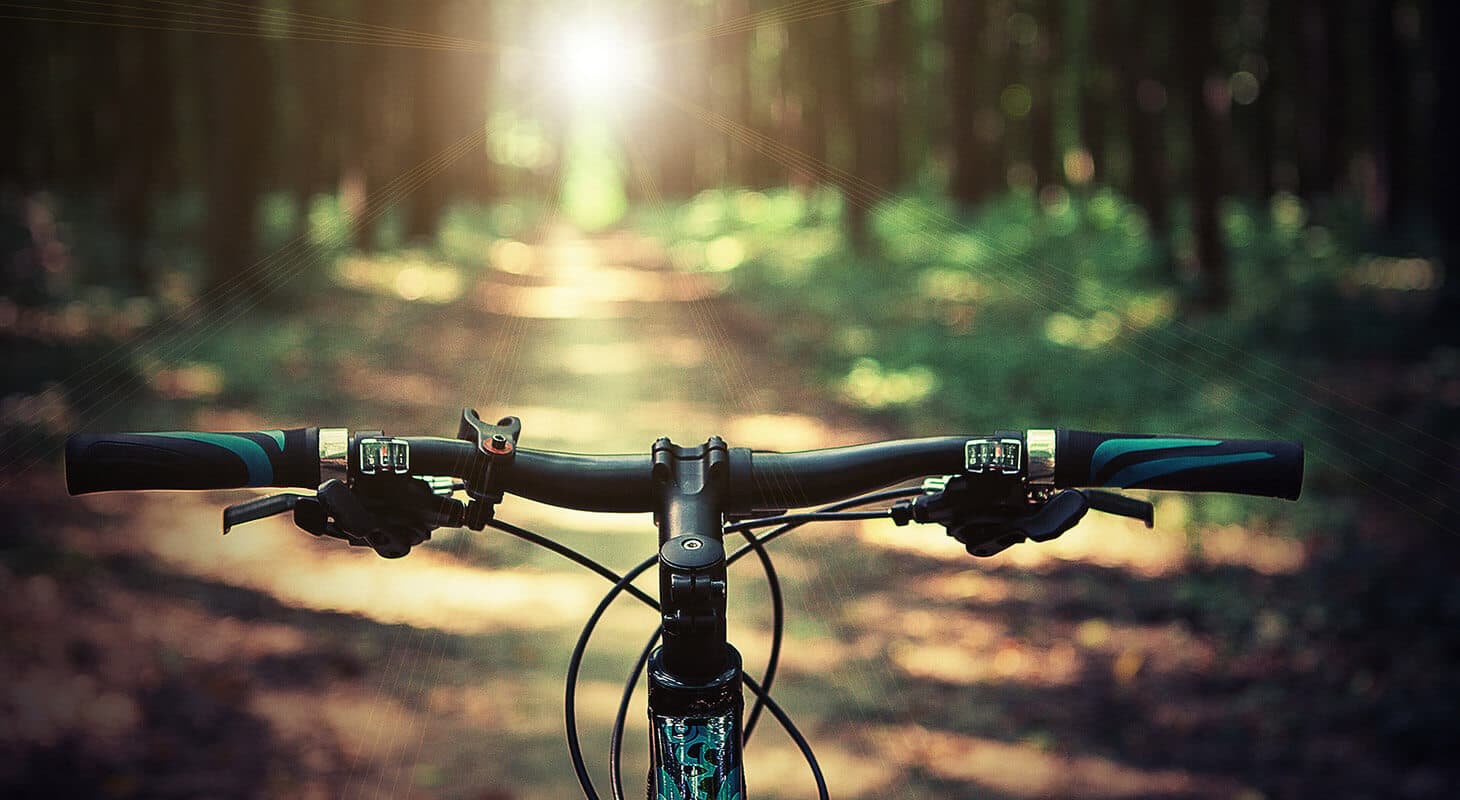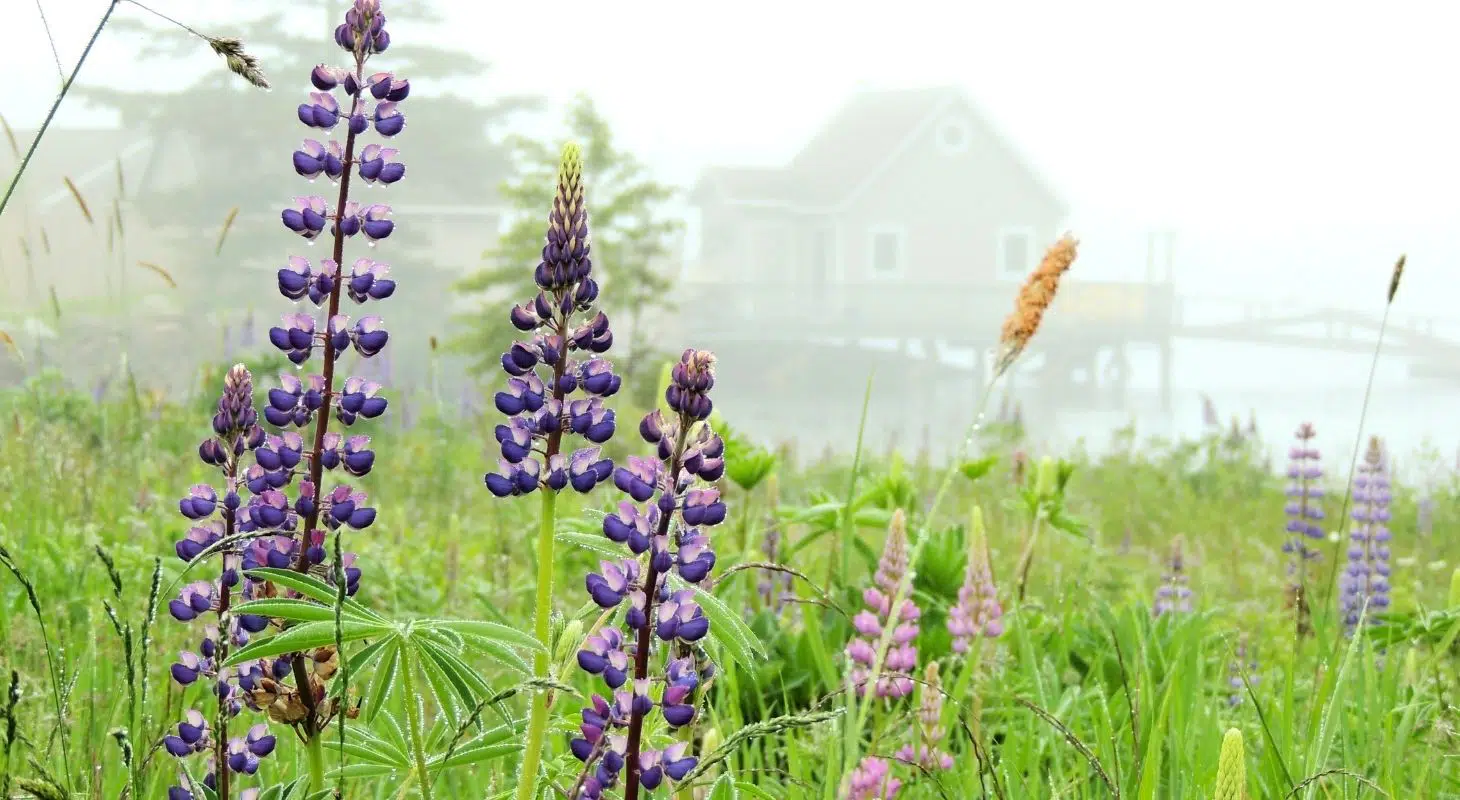Maine Travel Blog
The Best Activities, Events & More
Kennebunkport, Maine, welcomes you into a winter wonderland during its signature holiday celebration. And at Wolf Cove Inn, you’ll enjoy both the thrill of the festivities and activities during your winter escape.
As Kennebunkport, Maine, trans… Read more
Updated for 2025. We can’t wait to celebrate the season with festive holiday activities in Maine. Our cozy inn invites you to create cherished memories this season. Nestled on Tripp Lake’s peaceful shores in Poland, Maine, our inn captures the holida… Read more
The Lewiston-Auburn Balloon Festival is one of those magical summer events you’ll never forget. Every August, the sky over the Androscoggin River fills with colorful balloons, creating a breathtaking scene. Nearly 100,000 visitors gather in Simard-Pa… Read more
Looking for something a little more meaningful than a mass-produced souvenir? Maine-made gifts offer a real taste of the state’s creativity, culture, and charm — no keychains required.
You’ll find these one-of-a-kind treasures just a short drive from… Read more
At Wolf Cove Inn, every meal tells a story, rooted in Maine’s seasons, landscapes, and community. Start your day with a farm-to-table breakfast overlooking Tripp Lake, savor a private, elevated dinner in our Boathouse Bistro, or enjoy a seasonal pizz… Read more
Where are the best places to eat fresh lobster in Maine? This quintessential question is posed by most guests arriving at our little slice of heaven on Tripp Lake. Lobster rules supreme when it comes to this state’s claims to fame. Known as “the lobs… Read more
You're not alone if you've ever dreamed of stepping into the forest and gathering your own food. Foraging in Maine has become an increasingly popular way to connect with nature. Embrace sustainability, and add a bit of adventure to your time outdoors… Read more
For those looking for great off road biking trails in Maine, as I do, I'm happy to report there are eight terrific trails within a 12 to 30-odd minute drive of the Wolf Cove Inn, a lakeside bed and breakfast in Maine perfect for couples dre… Read more
Looking for vintage treasures, quirky collectibles, or one-of-a-kind home décor? Head to The Willow Flea Market in Mechanic Falls, Maine. This local favorite offers an ever-changing mix of antiques, handmade goods, and hidden gems.
When you vis… Read more
Once you’ve explored the beautiful surroundings of our cozy Wolf Cove Inn in Poland, Maine, it’s time to go a bit further afield and discover what the rest of Maine offers. Spend the day at the Coastal Maine Botanical Gardens in Boothbay, ME. This co… Read more
